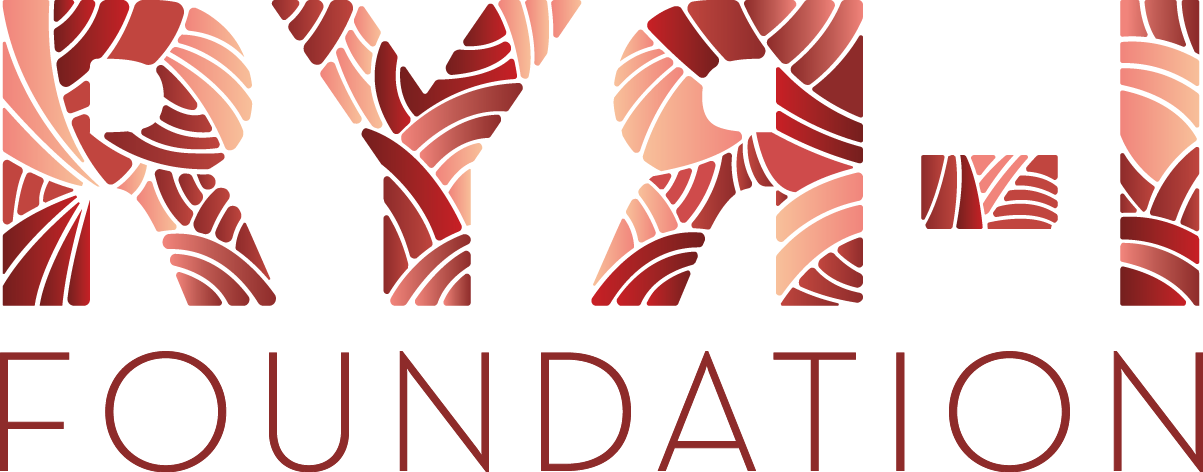
Authors: Joshua J. Todd, Muslima S. Razaqyar, Jessica W. Witherspoon, Tokunbor A. Lawal, Ami Mankodi, Irene C. Chrismer, Carolyn Allen, Mary D. Meyer, Anna Kuo, Monique S. Shelton, Kim Amburgey, Dmitriy Niyazov, Pierre Fequiere, Carsten G. Bönnemann, James J. Dowling and Katherine G. Meilleur
The ryanodine receptor 1-related congenital myopathies (RYR1-RM) comprise a spectrum of slow, rare neuromuscular diseases. Affected individuals present with mild to severe symptomatology ranging from proximal muscle weakness, hypotonia and joint contractures to scoliosis, ophthalmoplegia, and respiratory involvement. Although there is currently no FDA-approved treatment for RYR1-RM, our group recently conducted the first clinical trial in this patient population (NCT02362425). This study aimed to characterize novel RYR1 variants with regard to genetic, laboratory, muscle magnetic resonance imaging (MRI), and clinical findings. Genetic and histopathology reports were obtained from participants’ medical records. Alamut Visual Software was used to determine if participants’ variants had been previously reported and to assess predicted pathogenicity. Physical exams, pulmonary function tests, T1-weighted muscle MRI scans, and blood measures were completed during the abovementioned clinical trial. Six novel variants (two de novo, three dominant, and one recessive) were identified in individuals with RYR1-RM. Consistent with established RYR1-RM histopathology, cores were observed in all biopsies, except Case 6 which exhibited fiber-type disproportion. Muscle atrophy and impaired mobility with Trendelenburg gait were the most common clinical symptoms and were identified in all cases. Muscle MRI revealed substantial inter-individual variation in fatty infiltration corroborating the heterogeneity of the disease. Two individuals with dominant RYR1 variants exhibited respiratory insufficiency: a clinical symptom more commonly associated with recessive RYR1-RM cases. This study demonstrates that a genetics-led approach is suitable for the diagnosis of suspected RYR1-RM which can be corroborated through histopathology, muscle MRI and clinical examination.
Keywords: genotype, phenotype, RYR1, neuromuscular, magnetic resonance imaging

